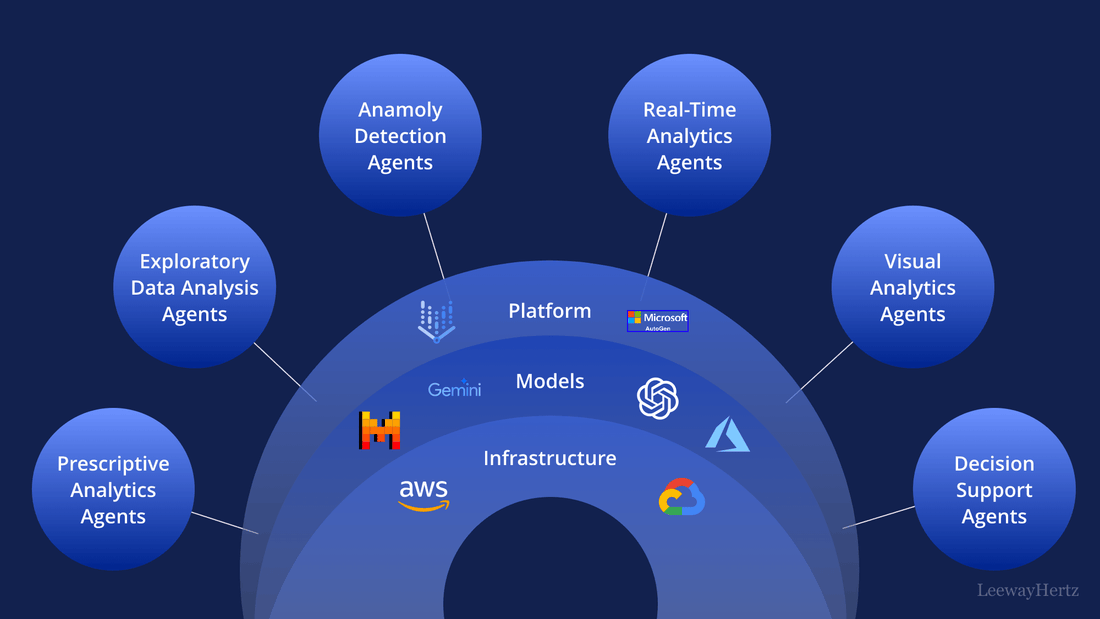Data Entry Automation Tools: Streamlining Your Data Management
Estimated reading time: 7 minutes
Key Takeaways
- Data entry automation tools significantly reduce manual data entry, improving efficiency and accuracy.
- Automating data management leads to enhanced accuracy with error rates reduced to as low as 0.3%.
- Organizations benefit from significant time savings, allowing employees to focus on strategic tasks rather than repetitive data entry.
- These tools offer cost reduction by decreasing labor and operational expenses.
- Scalability and enhanced security are key features of modern data entry automation tools.
Table of Contents
- Data Entry Automation Tools: Streamlining Your Data Management
- Introduction
- Understanding Data Entry Automation
- What Is Data Entry Automation?
- Benefits of Automating Data Management
- Enhanced Accuracy
- Significant Time Savings
- Cost Reduction
- Scalability
- Enhanced Security
- Key Features of Data Entry Automation Tools
- Multi-Source Data Extraction
- Seamless Integration
- Advanced Processing Capabilities
- Security and Compliance
- Top Data Entry Automation Tools in the Market
- Parseur
- UiPath
- ClickUp
- Automation Anywhere
- How to Automate Data Management Effectively
- Step-by-Step Implementation Guide
- Best Practices
- Case Studies and Success Stories
- Retail Industry Success
- Financial Services Transformation
- Future Trends in Data Entry Automation
- Emerging Technologies
- Industry Evolution
- Conclusion
- Additional Resources
Introduction
In today's fast-paced digital landscape, data entry automation tools are revolutionizing how organizations handle information. By minimizing manual input and expediting data management processes, these tools have become essential for businesses seeking efficiency and accuracy in their operations.
The explosion of digital data and growing demand for real-time insights has transformed automation from a luxury into a necessity. As organizations grapple with increasing data volumes, the need for streamlined, accurate, and efficient data management has never been more critical.
This comprehensive guide will explore how data entry automation tools can transform your business operations, examining the best data automation software available and providing practical insights for implementation.
Understanding Data Entry Automation
What Is Data Entry Automation?
Data entry automation refers to specialized software that collects, processes, and inputs data into systems and databases with minimal human intervention. This technology effectively replaces repetitive manual tasks with streamlined, automated processes.
Benefits of Automating Data Management
Enhanced Accuracy
Automated systems detect and correct errors in real-time, achieving remarkable accuracy rates of up to 99.7%. This dramatic reduction in human error ensures data integrity across your operations.
Significant Time Savings
By automating repetitive tasks, organizations free up valuable employee time for more strategic work. This shift allows teams to focus on analysis, innovation, and customer service rather than manual data entry.
Cost Reduction
Automation substantially reduces labor and operational costs by eliminating the need for extensive manual data entry, leading to improved bottom-line results.
Scalability
Modern automation tools easily handle increased data volume and business growth without requiring significant process changes or additional resources.
Enhanced Security
Built-in security features protect sensitive information, ensuring data remains secure and compliant with regulations. For more insights on protecting your data, read this comprehensive guide.
Key Features of Data Entry Automation Tools
Multi-Source Data Extraction
Modern tools can efficiently pull data from various sources, including:
- PDFs
- Emails
- Scanned documents
- Websites
- Digital forms
Learn more about automated data entry from multiple sources here.
Seamless Integration
These tools connect smoothly with:
- CRM systems
- ERP platforms
- Accounting software
- Enterprise databases
Read more about seamless integration here and here.
Advanced Processing Capabilities
- Optical Character Recognition (OCR)
- Machine learning algorithms
- Natural Language Processing
- Data validation and verification
Security and Compliance
- Data encryption
- Access controls
- Audit trails
- Regulatory compliance features
Top Data Entry Automation Tools in the Market
Parseur
- High-precision OCR capabilities
- Multi-source data capture
- Real-time extraction
- Pre-built templates
- Subscription-based pricing
Discover more about Parseur here.
UiPath
- Comprehensive RPA functionality
- Visual process modeling
- Strong enterprise integration
- Advanced automation capabilities
- Enterprise-level pricing structure
Learn more about UiPath here.
ClickUp
- Integrated project management
- Customizable workflows
- Combined task and data automation
- Freemium pricing model
- Extensive tutorial library
Find out more about ClickUp here.
Automation Anywhere
- End-to-end automation solutions
- AI-powered processing
- Enterprise-grade security
- Cloud-native architecture
- 24/7 support options
Explore Automation Anywhere here.
How to Automate Data Management Effectively
Step-by-Step Implementation Guide
-
Assessment Phase
- Identify repetitive tasks
- Document current processes
- Analyze pain points
-
Goal Setting
- Define clear objectives
- Establish success metrics
- Set timeline expectations
-
Tool Selection
- Evaluate integration needs
- Consider budget constraints
- Assess scalability requirements
Get insights on tool selection here.
-
Pilot Program
- Test with limited data
- Gather user feedback
- Monitor performance metrics
-
Team Training
- Provide comprehensive training
- Create reference materials
- Establish support channels
Learn about training staff for automated workflows here.
-
Full Implementation
- Roll out systematically
- Monitor adoption rates
- Address issues promptly
-
Optimization
- Track performance metrics
- Gather user feedback
- Make necessary adjustments
Best Practices
- Start with non-critical processes
- Document everything thoroughly
- Maintain security protocols
- Keep software updated
- Collect regular feedback
Case Studies and Success Stories
Retail Industry Success
A major retailer implemented Parseur for automated data extraction, resulting in:
- 90% reduction in data entry errors
- Improved inventory management
- Enhanced customer service
Read the full case study here.
Financial Services Transformation
A financial services firm adopted UiPath's RPA solution, achieving:
- 70% faster processing times
- Improved compliance accuracy
- Reduced operational costs
Learn more about their transformation here.
Future Trends in Data Entry Automation
Emerging Technologies
- Advanced AI integration
- Enhanced NLP capabilities
- Sophisticated RPA solutions
- Cloud-native platforms
Stay updated on data automation trends here.
Industry Evolution
- Greater focus on predictive analytics
- Improved security measures
- Enhanced integration capabilities
- More intuitive user interfaces
Conclusion
Data entry automation tools have become indispensable for modern businesses seeking efficiency and accuracy in their operations. By implementing the best data automation software, organizations can significantly reduce errors, cut costs, and scale operations effectively.
The future of data management lies in automation, and businesses that embrace these tools position themselves for sustainable growth and competitive advantage in an increasingly digital world.
Additional Resources
- Detailed tool comparisons
- Implementation guides
- Vendor evaluations
- Integration tutorials
- Best practices documentation
Start your automation journey today by evaluating your current processes and exploring the tools that best fit your organization's needs.

